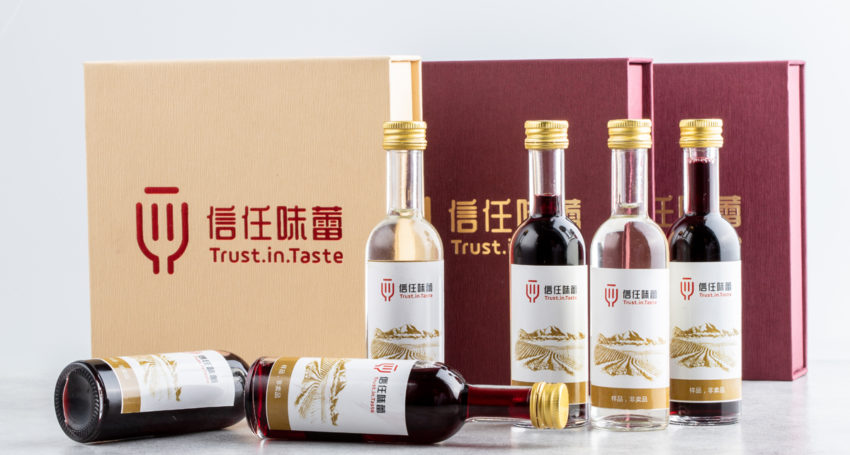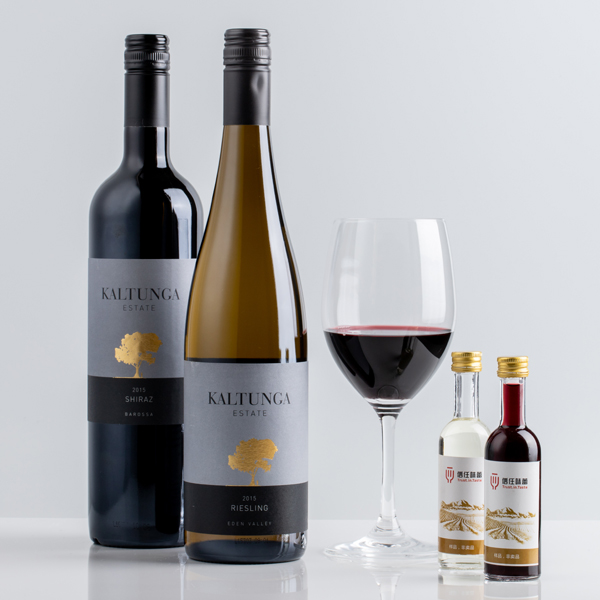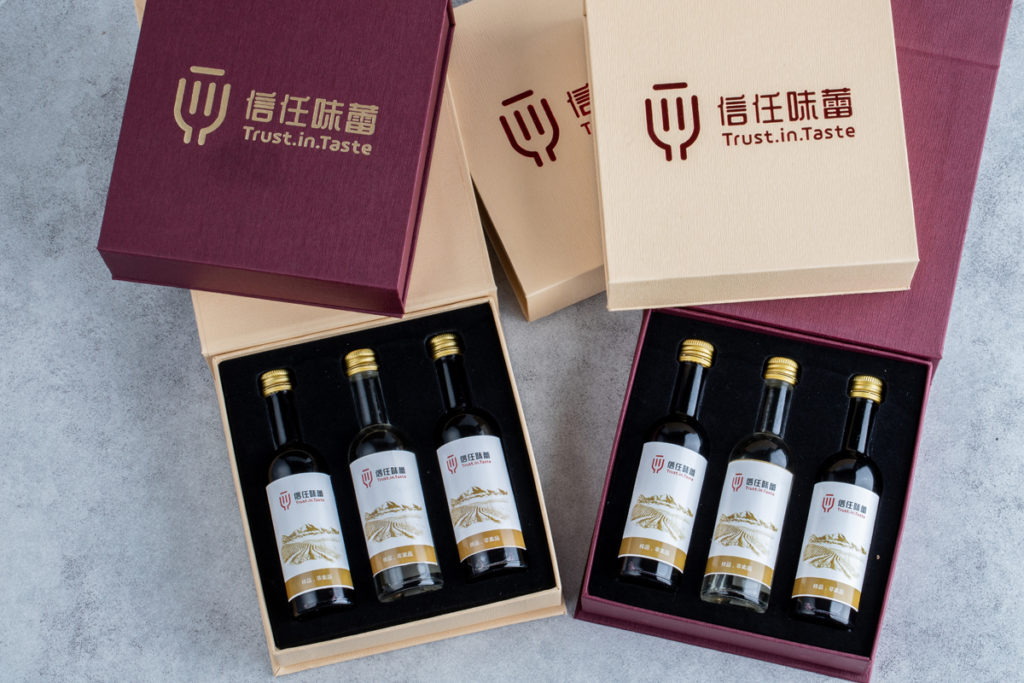Tasting kits open new wine channel into China
Innovators
An innovative wine distribution channel where samples are delivered in miniature bottles for in-home tastings is providing a new avenue for Australian wine sales in China.

Sign up to receive notifications about new stories in this category.
Thank you for subscribing to story notifications.

South Australian startup Trust in Taste is preparing to ramp up its marketing and production ahead of Chinese New Year celebrations in late January and early February.
The channel involves targeted messages to Chinese wine drinkers through social media platform WeChat inviting them to sign-up for an in-home tasting for AU$5 (¥25RMD).
Three South Australian wines in 60ml bottles with QR codes are then home delivered for a cellar door style tasting. When scanned, the QR code on each bottle takes the taster to the Trust in Taste WeChat store where more information on the wine is provided including a video with the winemaker. Larger 750ml bottles can then be ordered on the website for about $30 each (¥150RMD) and feedback can be given on each sample.
“It’s direct to consumer wine but we give people the opportunity to sample the wine before they buy it to take the risk out – we know that works because cellar doors work,” co-founder Peter Evans said.
“We’re trying to provide a cellar door experience in every home in the world starting in China.”

Evans said the company’s research found that the target consumer in China was likely to be female, 25-35 years old, and degree educated. The target consumer lives in a big city, drinks two to three bottles of wine a month with friends in a quiet place and is prepared to pay between AU$20 and $60 (¥100 – ¥300RMB) for a bottle.
This equates to almost 50 million people in the direct target market and 100 million when males are included.
“So this is not corporate gift giving, this is a newer generation coming through wanting to learn a bit more about wine and drink it with friends,” Evans said.
“It’s also about turning up to a dinner party for Chinese New Year, presenting a bottle of wine and not being embarrassed about how it might taste.”
The first trial samples were distributed in April but a cornerstone investment by a venture capital and private equity fund last month has allowed Trust in Taste to conduct further market research and ramp up the operation ahead of Chinese New Year, which falls on February 5.
The investment by South Australian fund Silicon Balls came about after Trust in Taste was a finalist in the marketing category at the Wine Industry Impact Awards in October.
So far about 1500 tasting kits have been sent to consumers mainly in Shanghai, Beijing and Guangzhou with about a 10 per cent conversion rate into full bottle sales for certain labels.
But two wine shipments to China this week will help ramp up supply and allow a fresh wave of tasting samples to be sent out in January.
Evans said in initial trials 40 per cent of WeChat users who clicked through to the Trust in Taste WeChat store went on to order a sample tasting.
He said the 2019 goal was to expand the business in China to 200,000 samples by the end of the year with a conversion rate of 20 per cent.
“People will go and do tastings in China but we haven’t found anyone else doing what we’re doing,” Evans said.
One of the key aspects of the marketing channel is the development of technology to transfer wine from regular wine bottles into the small tasting samples without affecting wine quality.
This is done by Trust in Taste in China with the next generation of machine currently being developed to fully automate the process.

“We created some technology that allows us to take wine out of a big bottle and put it into a small bottle with a 30-day shelf life – that was previously not possible,” Evans said.
“It’s done in a certain way in a fully inert environment – the wine never touches oxygen.
“We had a winemaker blind taste his own wine and he couldn’t tell the difference between the one we opened 10 minutes earlier and the one that was 30 days old.”
China is Australia’s biggest export market for wine with more than AU$1 billion worth of Australian wine heading there each year. Australia is second only to France for wine exports to China.
South Australia is consistently responsible for about 50 per cent of Australia’s annual production and 75 per cent of premium wine.
So far, five South Australian wineries have signed up with Trust in Taste from five different regions: Barossa, McLaren Vale, Clare Valley, Riverland and Adelaide Plains. Wine varieties shipped so far include Shiraz, Cabernet Sauvignon, Riesling and Pinot Noir.
Participating wineries deliver a pallet – about 60 cases or 720 bottles – of wine to Trust in Taste in Australia and it is shipped to their warehouse in China where a portion of it is put into sample bottles.
If the wine does not all sell during the 120-day consignment period it can be returned to the winery for sale in Australia.
The cost to the winery for the marketing, videos, shipping, import/export paperwork and 1000 tasting samples is $3500.
Evans said this system also took the risk out of exporting to China for producers and gave them an additional channel for reaching new consumers.
He said the online feedback provided after a tasting also gave the participating wineries a rare insight into “the most opaque market in the world”.
“We take the wine from them on consignment, ship it to China, put in the small sample packs and put it into the mouths of 1000 people,” Evans said.
“They either buy the wine or tell us why they don’t like it.
“What the wineries are appreciating is that opaque market has disappeared, they are now talking to consumers who are telling them x, y or z about their wine.
“If you send it out to 1000 people and you get 200 responses then that’s about 198 more than you would get if you were selling it through a distributor – that’s what the wineries are telling us – they just get no feedback previously.”
Trust in Taste was founded by Evans and his brother John and has seven staff in China.
Evans said he hoped to have 30 Australian wineries on board by the end of 2019 and was looking for more investment to help roll out the model globally.
“We’re concentrating on China because the numbers are really attractive but the concept, the technology to get it out of the big bottle and into the little bottle and the marketing works anywhere in the world,” he said.
“All we need is a population area over five million, good messaging and good logistics – wherever you can deliver within a day.”
Jump to next article



